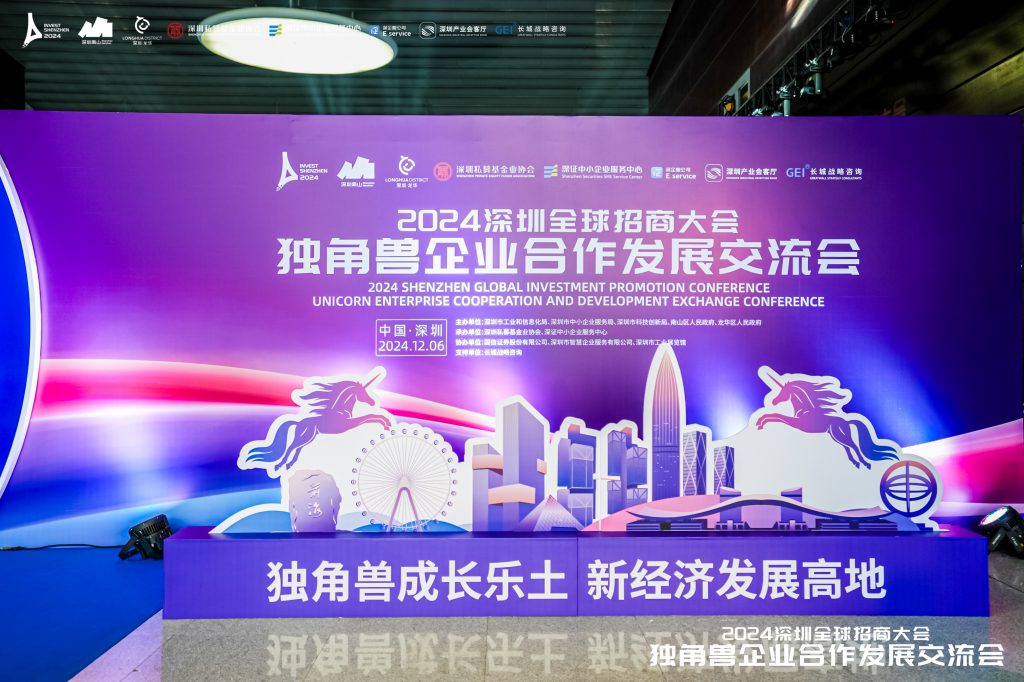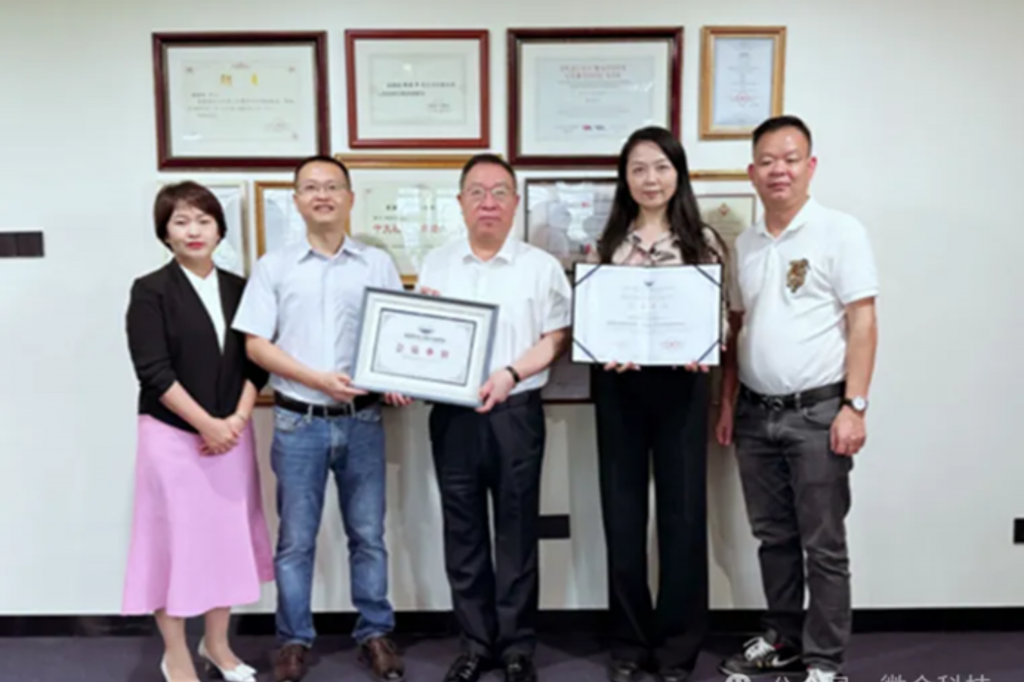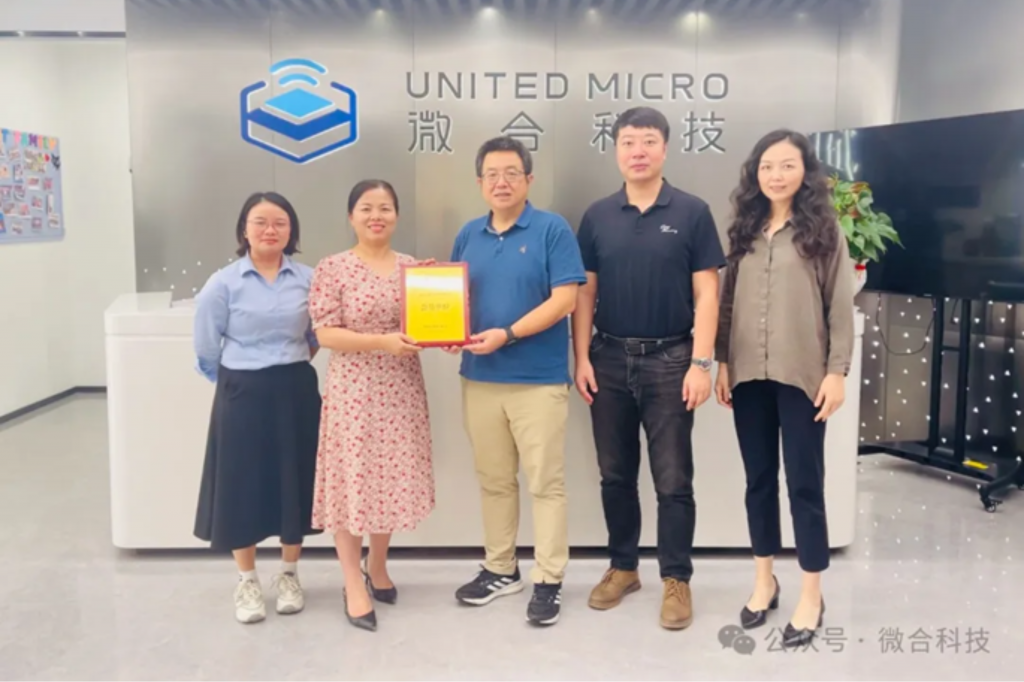In early June 2022, the 96th plenary session of the 3GPP communications standards organization was held as scheduled in Budapest, Hungary.
During the session, the highly anticipated 3GPP Release 17 (R17) standard was officially frozen, marking the completion of the first phase of 5G evolution and ushering in a new era for 5G technology development. Looking back, about seven years ago, in September 2015, the International Telecommunication Union (ITU) formally confirmed the three major application scenarios for 5G: eMBB (enhanced Mobile Broadband), mMTC (massive Machine Type Communications), and uRLLC (ultra-Reliable Low Latency Communications). Shortly after, in March 2016, 3GPP officially launched the standardization work for 5G with the aim of developing a unified and more powerful wireless air interface—5G New Radio (NR). Now, time has passed, and we have witnessed the freezing of 3GPP Releases 15, 16, and 17, as well as the commercial deployment and widespread adoption of 5G.
5G, once full of potential, has developed from its inception to maturity, transforming our work and lives while revolutionizing how society operates.
But the question arises: What revolutionary technological innovations have emerged during the ongoing evolution of 5G? What underlying logic drives these innovations? And what is the role of each phase, from Release 15 to Release 17?
In this article, we will uncover the answers.
Release 15: Laying the Foundation, Unveiling the Future
First, let’s look at the innovative ideas behind Release 15. It marked the beginning of the 5G standard. As the saying goes, “A good beginning is half the success.” To take this critical first step, industry experts conducted extensive research and preparation.
The key mission of R15 was to establish standards for the eMBB scenario, focusing on the most crucial indicator of a communications network—speed. The ITU set performance targets for eMBB: downlink peak data rates had to exceed 10 Gbps, and user experience rates needed to surpass 1 Gbps. To achieve this, 3GPP followed two approaches: expanding available spectrum resources and extracting more potential from each MHz of frequency.
On the spectrum side, 3GPP introduced mobile millimeter-wave technology on top of the Sub-6GHz band, extending 5G’s operating spectrum into higher frequency bands. Mobile millimeter waves significantly improved speed and capacity, laying the groundwork for 5G’s high-speed connectivity. Building on this, 3GPP introduced Massive MIMO (Multiple-Input, Multiple-Output), one of the most iconic innovations in 5G. By dramatically increasing the number of antennas at base stations, it created independent narrow beams for different users, boosting system throughput by dozens of times and enhancing coverage, particularly addressing millimeter-wave coverage limitations.
Extracting more from spectrum resources posed greater technical challenges, requiring innovations in areas like multiple access, modulation, coding, and physical layer design.
A crucial decision in 5G NR design was selecting the wireless waveform and multiple access technology. After extensive research, Qualcomm discovered that Orthogonal Frequency Division Multiplexing (OFDM), specifically CP-OFDM and DFT-S OFDM, was optimal for 5G eMBB and other scenarios, and this choice proved correct.
The scalable OFDM parameter set became a highlight of R15. It allowed subcarrier spacing to expand in powers of 2 as channel bandwidth increased, supporting wider bandwidth systems without adding complexity.
Another notable feature of R15 was the flexible frame structure based on slot configurations. The introduction of 5G NR’s self-contained slot structure enabled modular, independent transmission decoding, avoiding static timing relationships between slots. In June 2018, R15 was officially frozen, marking the successful debut of 5G. The innovations introduced by R15 unveiled the mystery of 5G and laid a solid foundation for its subsequent development.
Release 14: Expanding Scenarios, Empowering Industries
While R15 focused on eMBB, R16 extended the standards for uRLLC and mMTC scenarios, delivering the first complete 5G standard and the first evolved 5G standard.
The main mission of R16 was to support and empower vertical industries. It standardized the uRLLC scenario, aimed at industrial IoT, automotive networks, and other vertical fields. The ITU set demanding targets for uRLLC, including 99.9999% reliability and millisecond-level latency. R16 introduced new network features to better support critical business applications, such as smart manufacturing, automated quality inspection, and autonomous driving.
R16 improved spectrum efficiency, network utilization, and robustness through advancements like enhanced Massive MIMO, carrier aggregation, and handover technologies, greatly increasing 5G’s usability.
New features in R16 include support for unlicensed spectrum (NR-U), enabling both licensed-assisted access (LAA) and standalone deployment without any licensed spectrum, leading to increased capacity and deployment flexibility.
For the strict reliability and latency requirements, Qualcomm led the development of Coordinated Multipoint (CoMP) communications, which leveraged multiple transmission and reception points to create redundant communication paths, achieving high reliability and low latency.
5G’s V2X (vehicle-to-everything) technology is an important vertical application, with Qualcomm pushing for device-to-device (D2D) communication to enable richer scenarios like vehicle platooning, semi-autonomous driving, and remote driving.
R16 also introduced key innovations like integrated access and backhaul (IAB) for millimeter-wave base stations, reducing the need for new fiber deployments in dense networks.
Significantly, R16 advanced private network (NPN) deployment, providing direction for 5G private communications and enabling industries like government and enterprise to fully utilize 5G.
R16 was officially frozen in July 2020.
Content sourced from 5G Communications.





